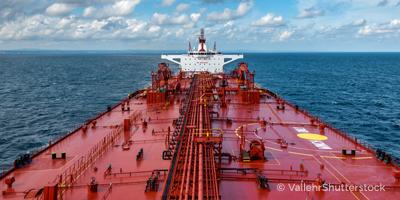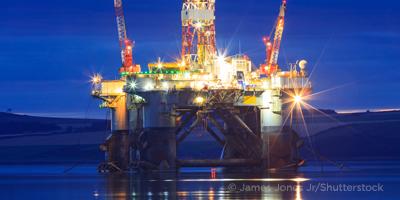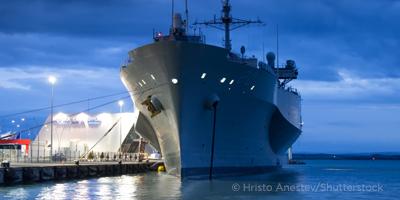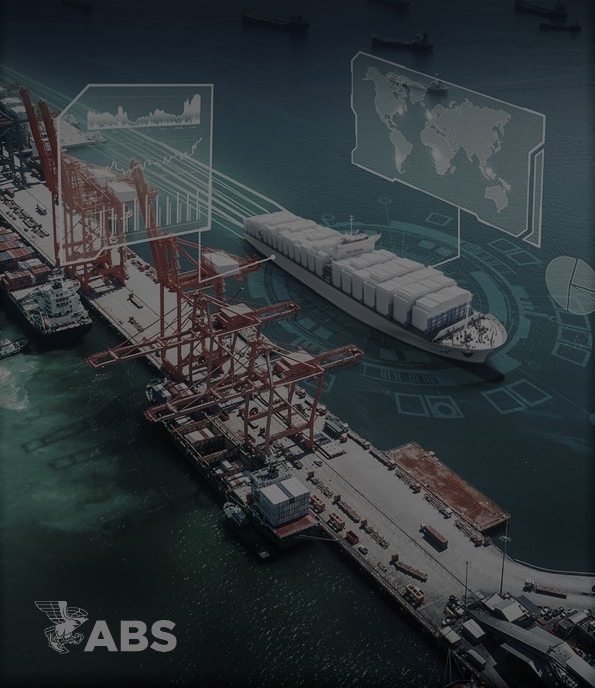On January 1, 2020, ABS completed the process of combining five major rule sets into two new Rules to streamline and improve the navigation of some of the most commonly applied ABS Rules.
The Rules of Building and Classing Steel Vessels, Rules for Building and Classing Steel Vessels under 90 meters (295 feet) in Length, and Rules for Building and Classing Offshore Support Vessels are now the Rules for Building and Classing Marine Vessels (Marine Vessel Rules).
The Rules for Building and Classing Mobile Offshore Drilling Units and the Guide for Building and Classing Mobile Offshore Units are now the Rules for Building and Classing Mobile Offshore Units (Mobile Offshore Units Rules).
By consolidating these Rules, we are able to reduce duplication of requirements across different Rules and Guides and form foundational Rules that apply to a majority of the future ABS-classed fleet.
So, what does this change mean to your ABS-classed vessels? Absolutely nothing. For those vessels already classed or being built to any of the current five Rules or Guides, nothing will change. Those Rules and Guides are archived and remain available on www.eagle.org website.
What changes for your new builds? Starting January 1, 2020, any new vessel that is covered by Marine Vessel Rules or the Mobile Offshore Units Rules will need to meet the requirements laid out in the respective Rules.
To see more frequently asked questions, see below.
When did the new Rules come into effect?
January 1, 2020
What types of vessels are affected?
The Marine Vessel Rules and Mobile Offshore Units Rules cover many of the primary vessel types served by ABS, including containerships, bulk carriers, gas carriers, tankers, OSVs, drillships, column-stabilized units and more.
Which rules are consolidated?
The Rules of Building and Classing Steel Vessels, Rules for Building and Classing Steel Vessels under 90 meters (295 feet) in Length, and Rules for Building and Classing Offshore Support Vessels are now the Rules for Building and Classing Marine Vessels (Marine Vessel Rules). The Rules for Building and Classing Mobile Offshore Drilling Units, and the Guide for Building and Classing Mobile Offshore Units are now the Rules for Building and Classing Mobile Offshore Units (Mobile Offshore Units Rules).
How do the new Marine Vessel Rules and Mobile Offshore Unit Rules impact my existing fleet?
For those vessels already classed or being built to any of the current five Rules or Guides, nothing will change. Those Rules and Guides are archived and remain on the www.eagle.org website.
How do the new Marine Vessel Rules and Mobile Offshore Units Rules impact new builds?
Starting January 1, 2020, any new vessel that is covered by Marine Vessel Rules or the Mobile Offshore Units Rules will need to meet the requirements laid out in the respective Rules.
Can archived Rules be applied to new construction vessels after January 1, 2020?
No. New vessels must use the latest version of the required Rules.
Will the original Rules still be accessible?
Yes, all archived Rules can be found here.
Will the U.S. Coast Guard accept the new Marine Vessel Rules in place of the previous Steel Vessel Rules?
For Section I of the U.S. Supplement to ABS Steel Vessel Rules, dated 14 August 2017, all the SVR and MVR cites were found to be identical. Therefore the USCG determined that using the MVR cites instead of the ABS Rules cites, found in various regulations and policies pertaining to U.S. flag vessels, provided an equivalent level of safety for those vessels and ABS was authorized to substitute the corresponding MVR cite rather than the existing Steel Vessel, Under 90m, or OSV Rule cite applicable to U.S. flag vessels.
The USCG has issued a single U.S Supplement for Vessels Enrolling in the ACP, dated 11 March 2021.


































